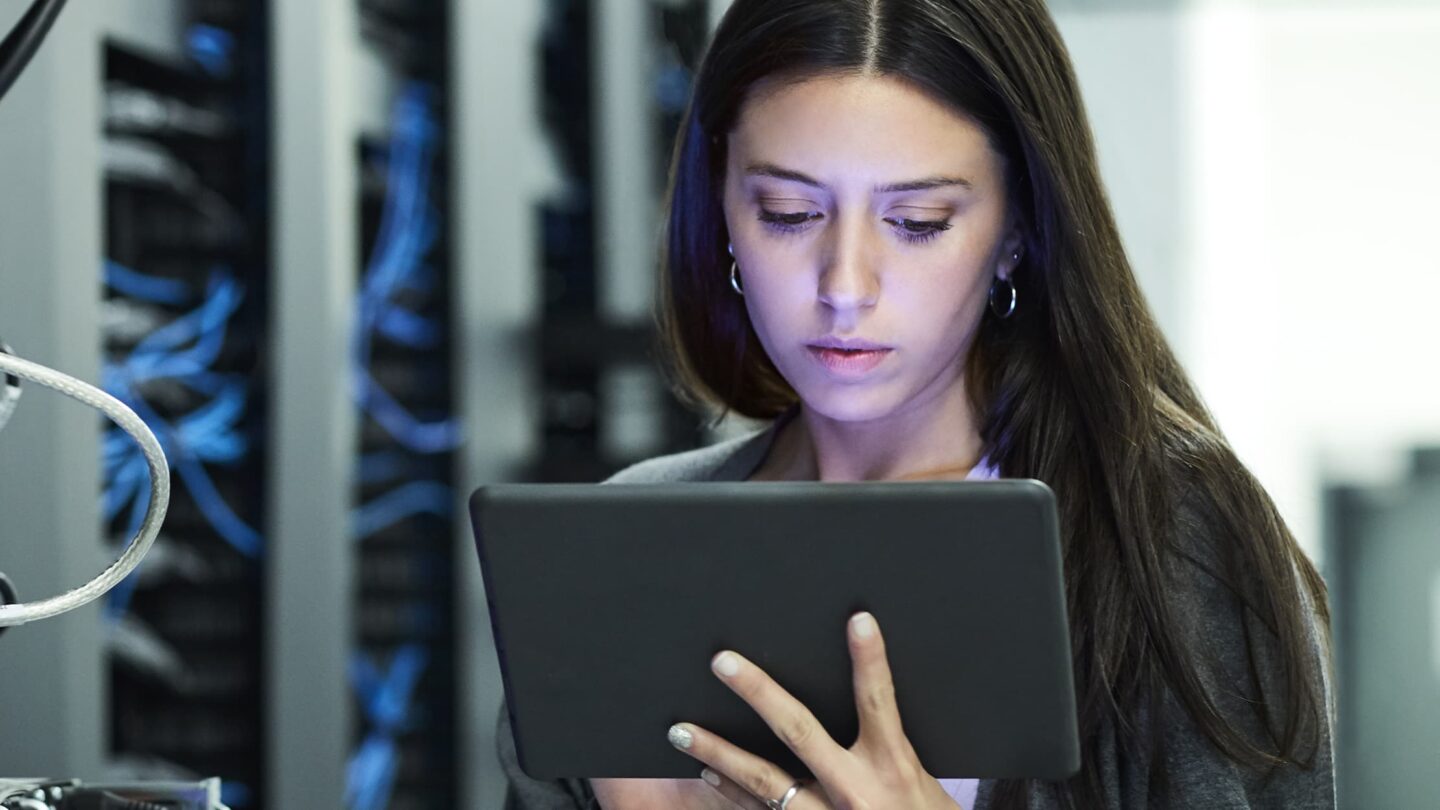Season 4: Thriving in a changing world
Everything you need to understand about AI

In November 2022, OpenAI launched ChatGPT, short for Chat Generative Pre-Trained Transformer (GPT). The launch and subsequent popularity of this AI chatbot has been described as a “black swan event” by Insider—a wholly unexpected and improbable event with far-reaching consequences.
ChatGPT exacerbated already prevalent fears about emerging technology disrupting industries all over the world. In 2022, PwC’s annual global workforce survey showed that almost a third of respondents said they were worried about the prospect of their role being replaced by technology in three years.
What does this mean in practical terms?
As a journalist, editor and author, I’ve followed the rise of AI and ChatGPT with interest. I’ve seen firsthand the effect of AI on my industry and among my contemporaries, and I’m always thinking about how emerging technology could alter the world of work and creativity.
Is AI new?
Scientists have been researching Artificial Intelligence for years. Apple’s digital assistant Siri, for instance, is powered by AI. Maybe you’ve used Grammarly to check your spelling or syntax. That’s also an example of AI at work. Ever used Google Maps and been told to drive away from a traffic jam? That’s AI too. In short: you’ve probably been using AI without even knowing it.
What makes ChatGPT new?
This powerful chatbot can produce conversational text in response to someone’s questions or prompts. This text can appear to be remarkably human-like, even if it has been found to give wrong answers, as one Purdue University study found. It also has a relatively easy-to-use interface, which means that, for many, it is the first example of AI that they may have directly encountered.
Why are people concerned about AI?
Generative AI—or artificial intelligence that can create images, text and other kinds of content—is what most people think about when they think about AI right now. ChatGPT is just one example of generative AI.
Fears of human creativity and human workers being crowded out or swept away by a tsunami of AI-generated art, music or TV is part of the reason behind both the writers and the actors strikes of 2022.
How should I approach these fears at work?
Concerns about how AI could affect your workplace are grounded in reality. When PwC analysed 200,000 jobs in 29 countries, it found that up to 30% of jobs could be automatable by the mid-2030s.
However, this isn’t the full picture. As the Economist points out, there are plenty of tech advances that exploded onto the scene but have been left unused. Just 1.6% of American firms, for instance, used machine learning in 2020. Only 25% of business workflows are on the cloud—and that number has stayed stagnant for half a year. Consumers may be early adopters of tech, but businesses are different.
It’s foolish not to acknowledge how AI could change your work—but it’s equally foolish to try to stick your head in the sand and not engage with it out of fear. As I pointed out earlier, there’s a good chance you’re engaging with AI already—you just don’t know it.





Leave a comment